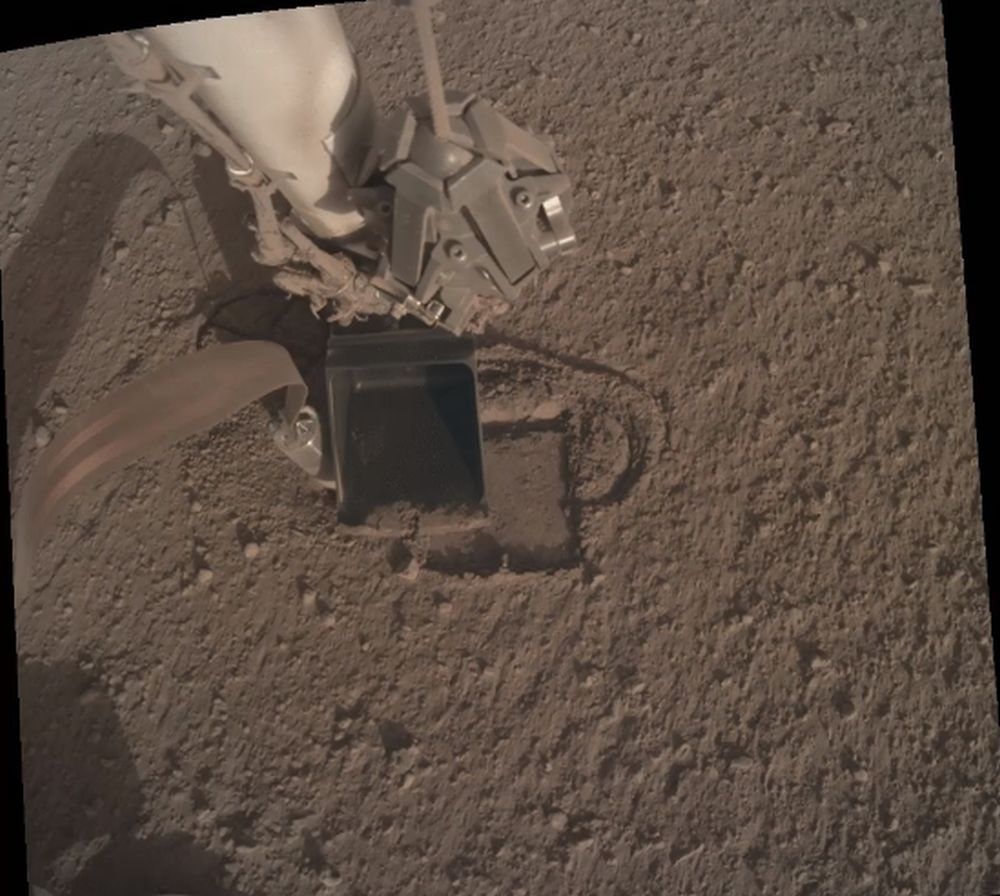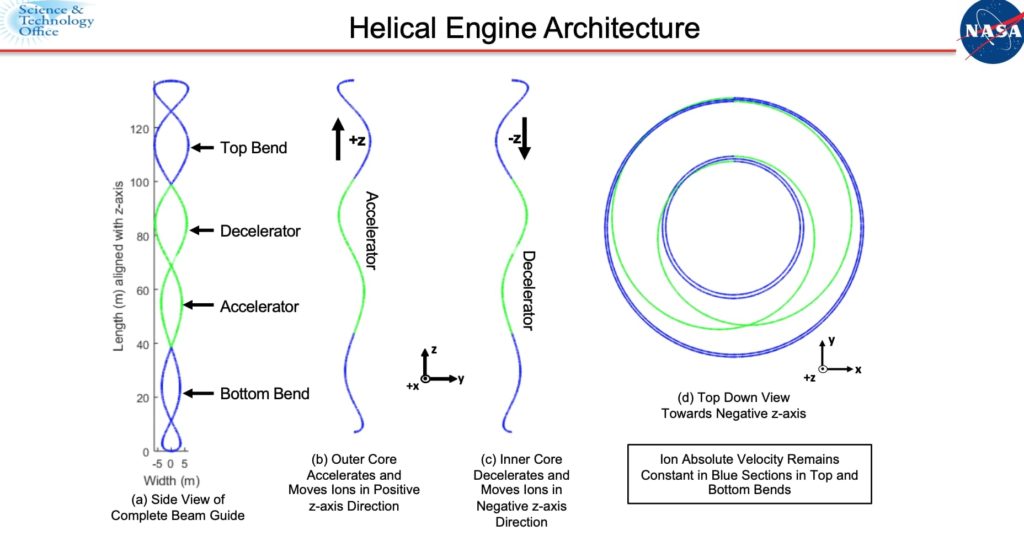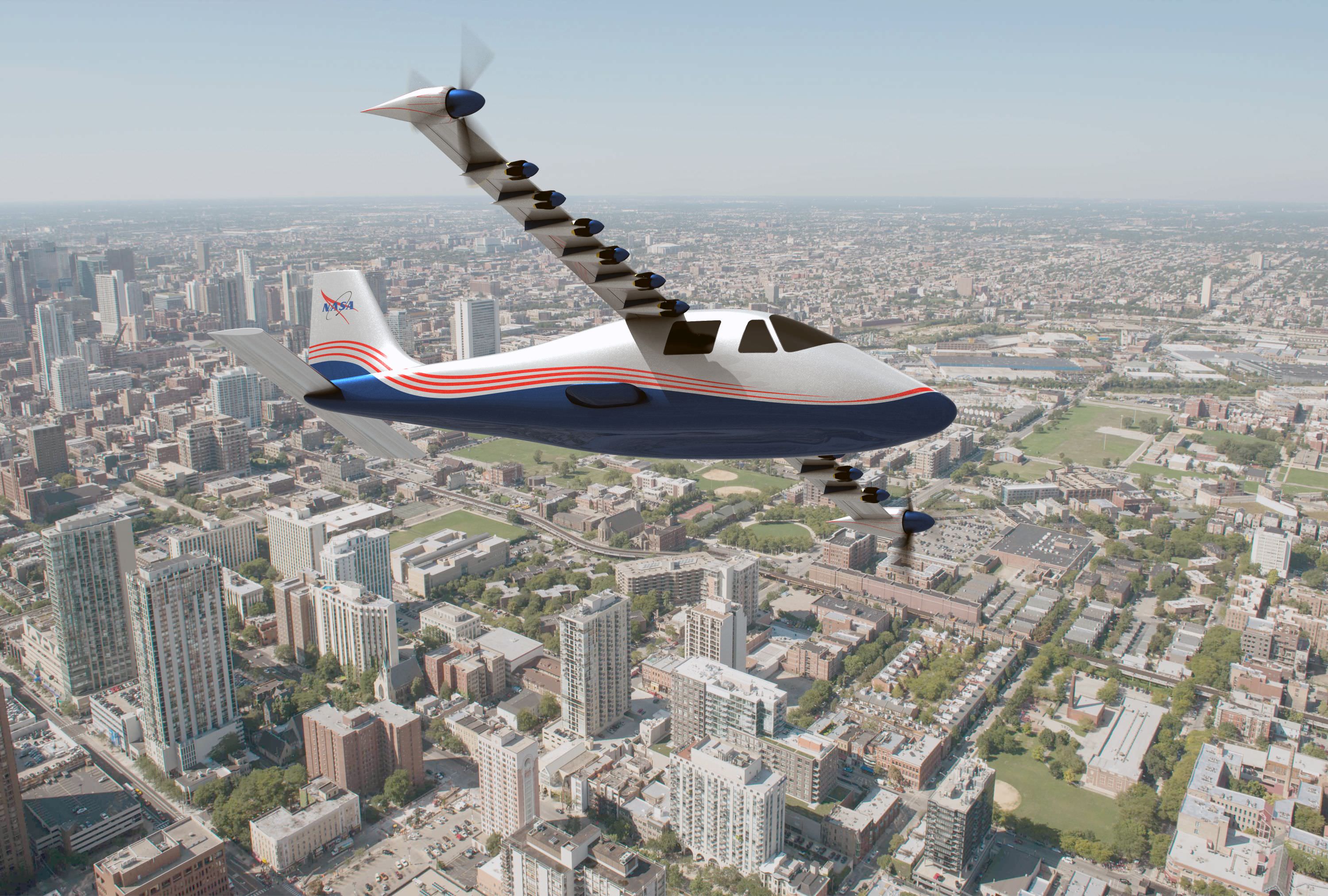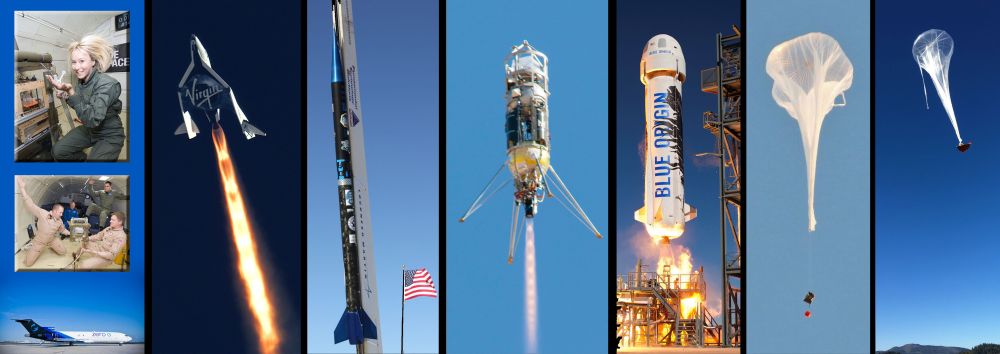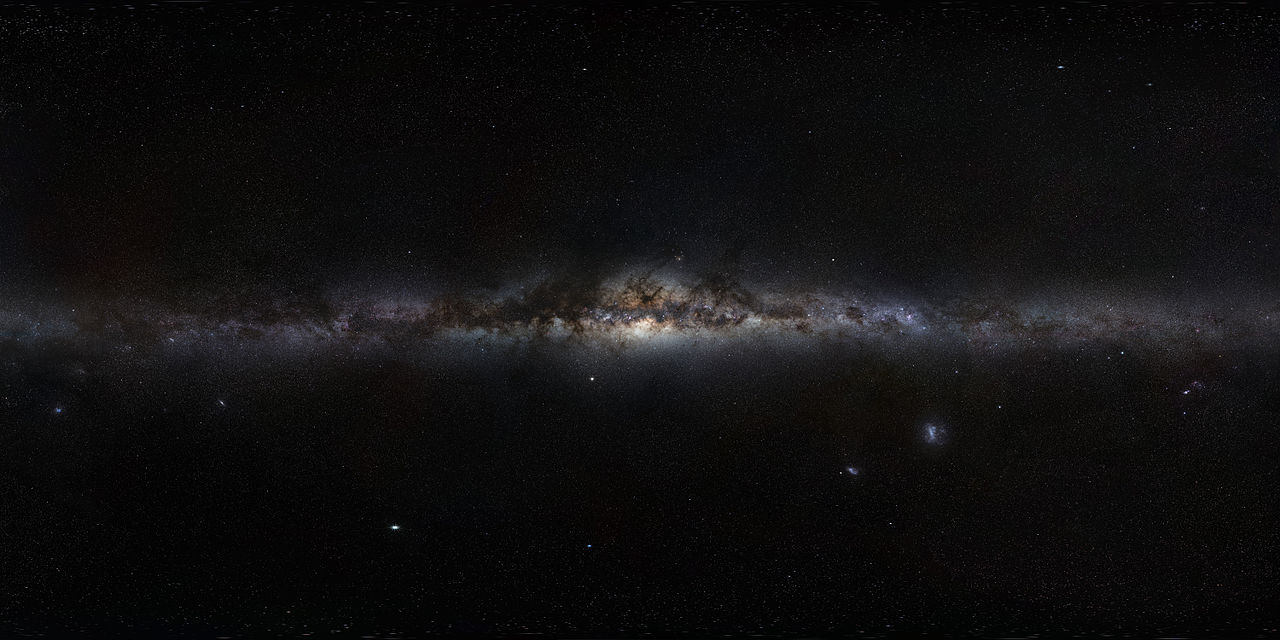In the coming years, NASA will be sending astronauts back to the Moon for the first time since the last Apollo mission took place in 1972. Back in May, NASA announced that the plan – which is officially known as Project Artemis – was being expedited and would take place in the next five years. In accordance with the new timeline, Artemis will involve sending the first woman and next man to the Moon’s southern polar region by 2024.
To this end, NASA is working on a lunar rover that will search for and map out water deposits in the Moon’s southern polar region. It’s known as the Volatiles Investigating Polar Exploration Rover (VIPER) and it is scheduled to be delivered to the lunar surface by 2022. This mission will gather data that will help inform future missions to the South Pole-Aitken Basin and the eventual construction of a base there.
Continue reading “NASA is Testing a Rover That Could Search For Water Ice on The Moon”


